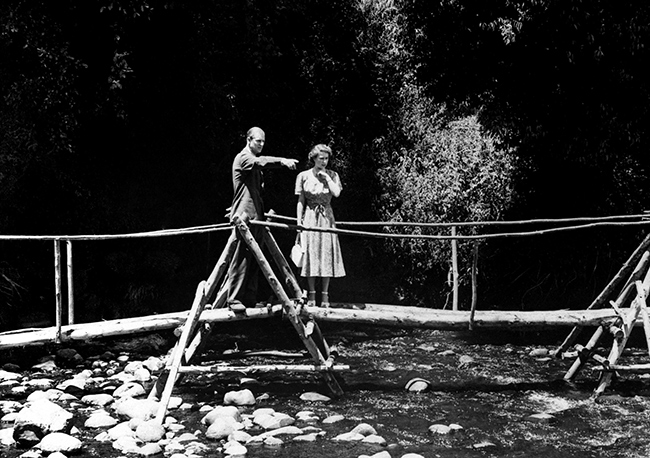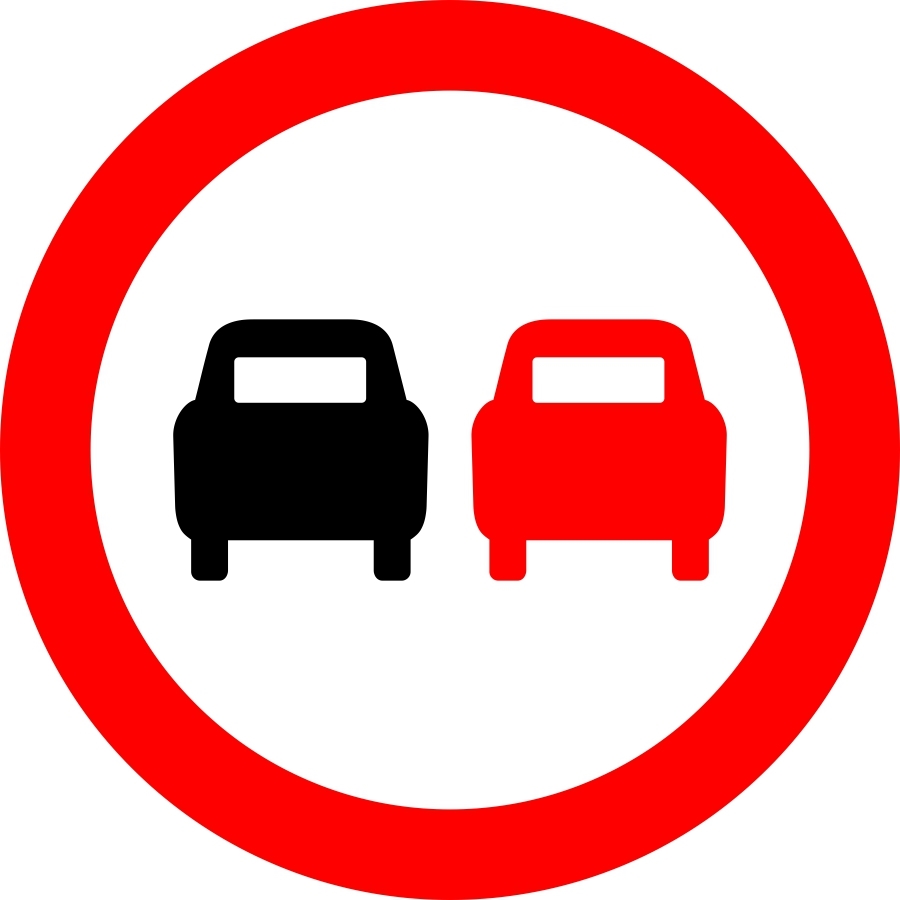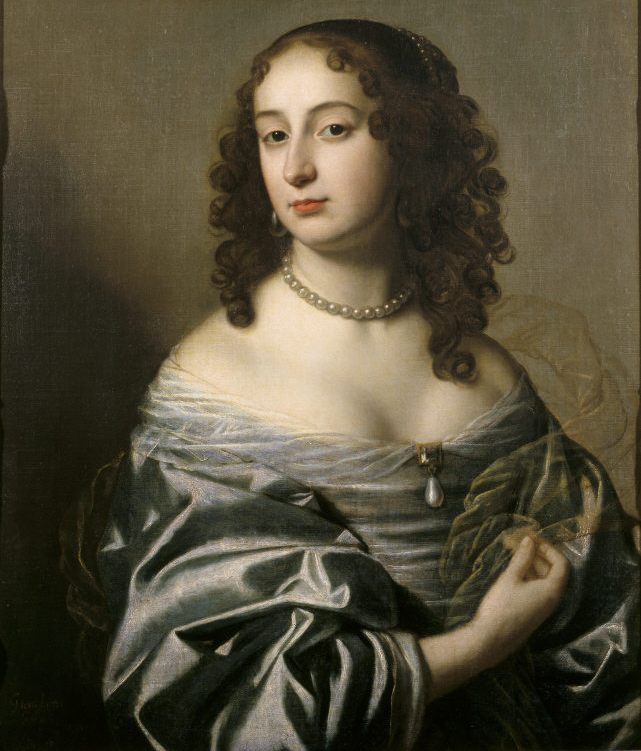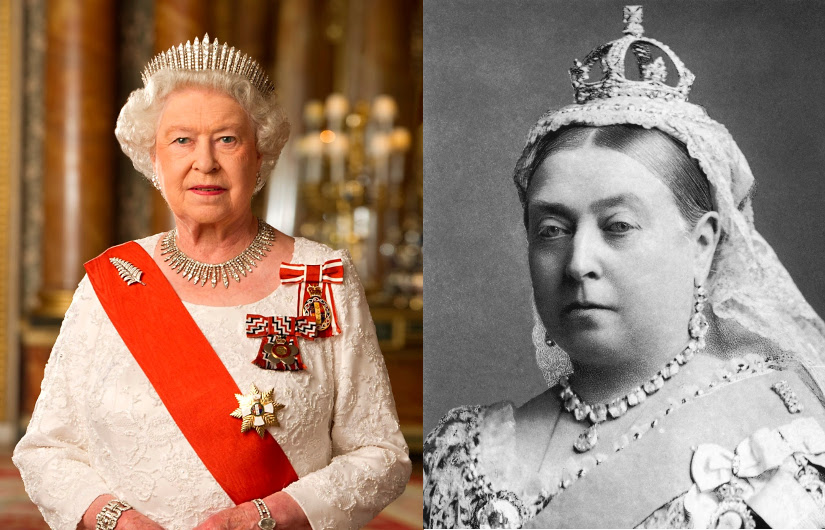Her Majesty has, of course, seen changes in many areas of society in the seventy years of her reign. But here, we’re most interested in the line of succession. So we thought it would be interesting to look at the line of succession on the day that she took the throne and see what had happened to the people who were at the top of the line of succession on that day. It’s a very different list to today’s.
- The Prince Charles, Duke of Cornwall
We start with the one person who is in exactly the same place as he was seventy years ago. Prince Charles was three years old and hadn’t yet been made Prince of Wales. - The Princess Anne
Princess Anne has fallen a long way in seventy years. The birth of younger brothers (back in the days when sex mattered in the line of succession) and those brothers having families of their own mean that she is now down at number 17. - Princess Margaret
We’ve run out of the Queen’s descendants after only two places (today, they fill the top 24 places in the line) so we move to her sister. Princess Margaret had fallen to 11th place before her death in 2002. - Prince Henry, Duke of Gloucester
We’ve now run out of descendants of George VI, so we need to look at his brothers. This is the father of the current duke. He fell to 8th place before dying in 1974. - Prince William of Gloucester
The Duke of Gloucester’s eldest son had fallen to position 9 before sadly dying before his father in 1972. - Prince Richard of Gloucester
As his eldest son predeceased their father, it was Prince Richard who became Duke of Gloucester when the first duke died in 1974. He is currently in 30th place. - Prince Edward, Duke of Kent
The first Duke of Kent had died ten years earlier, so it was his son, Prince Edward, who held the title, at the age of 16, who was duke in 1952, He fell out of the top 30 in 2012. - Prince Michael of Kent
Prince Michael had fallen to 16th place before his marriage to a Catholic, in 1978, excluded him from the line of succession. He was reinstated in 2015 (because the Succession to the Crown Act meant that marriage to a Catholic was no longer a reason for exclusion) but he reappeared outside of the top 30. - Princess Alexandra of Kent
Princess Alexandra had dropped down the list pretty consistently throughout her life. From 1999 she popped in and out of the top 30 a few times. but she left it for the last time in 2003. - Princess Mary, Princess Royal
The youngest child and only daughter of George V, Princess Mary had called to 17th in line before she died in 1965. - George Lascelles, The 7th Earl of Harewood
Fell out of the top 30 in 1994 before dying in 2011. - David Lascelles, Viscount Lascelles
Fell out of the top 30 in 1993. - Gerald Lascelles
Fell out of the top 30 in 1982 and died in 1998. - Princess Arthur of Connaught, Duchess of Fife
Fell to 17th before dying in 1959 - James Carnegie, 3rd Duke of Fife
Fell out of the top 30 in 1981 and died in 2015 - Olaf V, King of Norway
A bit of a leap as we find the royal family of Norway surprisingly close to the top of the list. King Olaf was a grandson of Edward VII (through Edward’s daughter Maud). He kell out of the top 30 in 1979 and died in 1991. - Prince Harald of Norway
Prince Harald became king of Norway in 1991. He fell out of the top 30 of the British line of succession in 1977. - Princess Ragnhild of Norway
Princess Ragnhild fell out of the top 30 in 1973 and died in 2012. - Princess Astrid of Norway
Princess Astrid fell out of the top 30 in 1964. - Carol II of Romania
The next-closest royal family to ours is the Romanians. Carol II was a great-grandson of Victoria. The death of George VI moved him up a place from 21 to 20 and he remained there until his death the following year. Carol hadn’t actually been King of Romania since he was forced to abdicate in 1940. - Carol Lambrino
The question of Carol Lambino’s legitimacy is a question of some dispute – so he may not have been on the line of succession at all. But, if he was, he fell out of the top 30 in 1963 and died in 2006. - Paul-Philippe Hohenzollern
As son of the possibly-illegitimate Carol Lambino, Paul-Phillippe’s place of the line of succession is also in question. But, anyway, he fell out of the top 30 in 1962. - Prince Nicholas of Romania
Prince Nicholas fell out of the top 30 in 1961 and died in 1978. - Elisabeth of Romania
Fell to number 27 before dying in 1956. - Maria of Yugoslavia
Fell to position 30 before dying in 1961. - Peter II of Yugoslavia
Peter was no longer King of Yugoslavia, having been deposed in 1945. He fell out of the top 30 in 1961 and died in 1970. - Prince Tomislav of Yugoslavia
Fell out of the top 30 in 1960 and died in 2000. - Prince Andrew of Yugoslavia
Fell out of the top 30 in 1959 and died in 1990. - Princess Ileana of Romania
Fell out of the top 30 in 1954 and died in 1991. - Archduke Stefan of Austria
Fell out of the top 30 in 1953 and died in 1998.
I think that’s an interesting list for a few reasons:
- The fact that we’ve gone from two of the Queen’s descendants to twenty-four of them on the list (but even that’s not as big a difference as happened during Victoria’s reign).
- Only ten of the people on the list are still living.
- There’s a large number of foreign royalty on the list – basically, the second half of the list is taken up by members of the royal families of Norway, Romania and Yugoslavia. This is obviously because of the way that royal families inter-married up until early in the 20th century. We see far less of that now.
So what do you think? Was the 1952 list a surprise to you? Did you expect it to be as different as it is from the current list?




